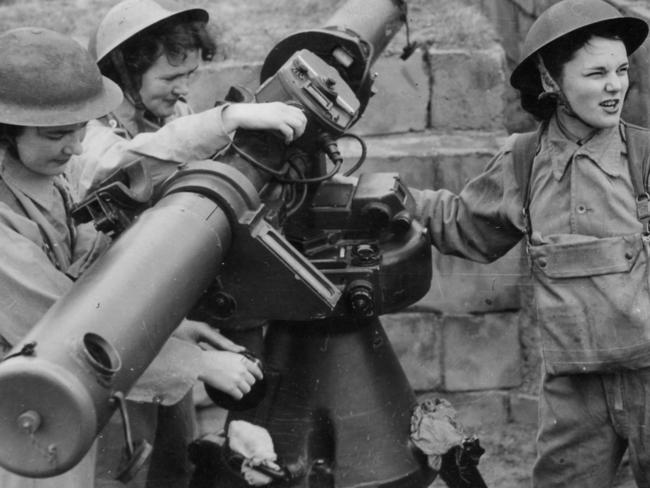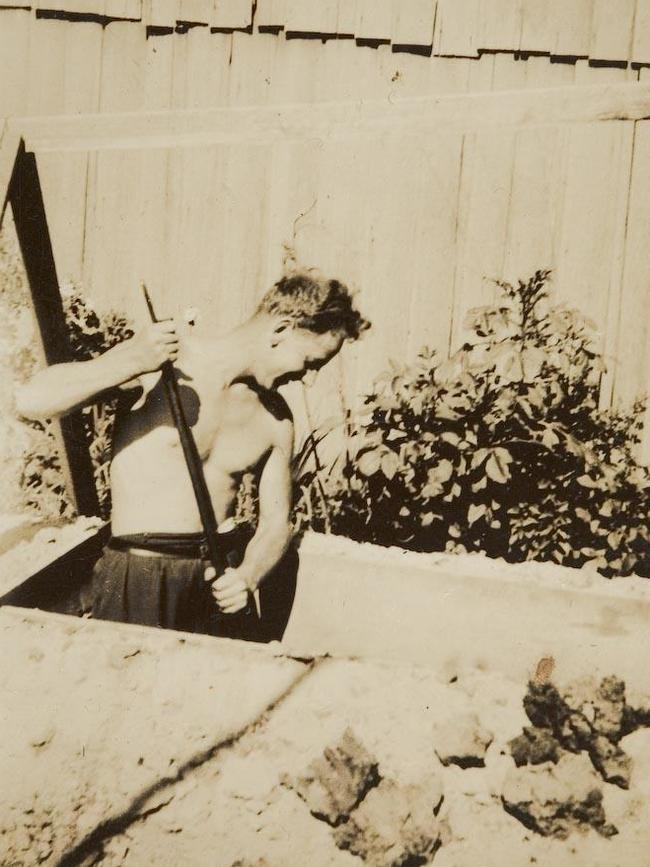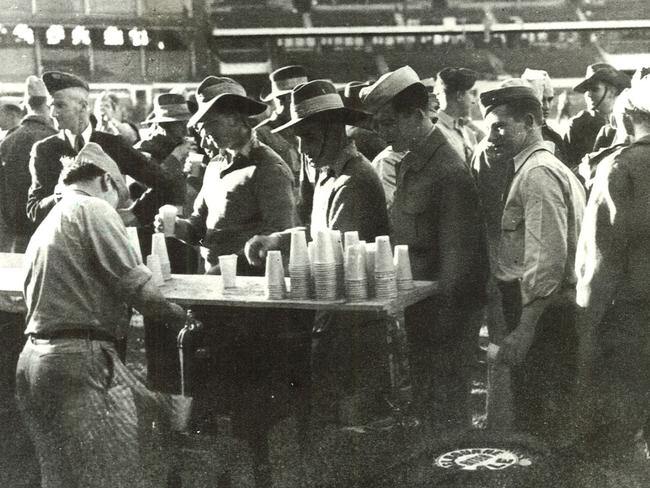Life in Melbourne during World War II
RATIONS, factory work and loans to the government — World War II posed many changes in the lifestyles of Melburnians in the 1940s.
VIC News
Don't miss out on the headlines from VIC News. Followed categories will be added to My News.
ALMOST one million Australians, both men and women, served in World War II.
But despite the horrors those men and women faced overseas, life for those back in Australia didn’t change too much in the early years of the war.
Sure, after the war began in 1939 they struggled with rising costs and unemployment — but it wasn’t until a year later that Australians felt more vulnerable with talk Japan would join the war.
By mid-1941 many factories had turned into war productions, women took on traditionally male roles and civilians were enlisted to undertake voluntary work.

By that December, Japan had formally joined the war leaving.
Japan’s involvement in the war led many Australians to believe it would try to invade as it advanced through the Pacific.
Blackout restrictions were introduced, air raid warnings provided and barbed wire strung across many beaches along the east coast.
Families also dug air raid shelters in suburban backyards, like in Auburn and Moonee Ponds in preparation for an attack.


The possibility of an invasion prompted the then-Prime Minister to assume extraordinary wartime powers.
The government introduced strict censorship of the media and saw overseas-born Australians, mostly from German, Italy and Japan placed in internment camps.
Even though most of them had come to Australia to escape Hitler, they were seen as ‘enemy aliens’ and were housed in the specially built camps at Tatura and Rushworth.
But European ‘aliens’ were released into farming areas to make way for Japanese internees from Australia, Java and New Caledonia.
Almost 250 Japanese aircraft made their first attack on Australian soil — air raiding Darwin on February 19, 1942,
More than 200 people were killed in the Darwin air raid and similar attacks on northern Australian towns and airfields continued until late 1942.
Darwin was considered a vital asset in defences against the Japanese because it was a main port and harbour for allied forces in the region.

By June 1942, rationing was introduced in Australia but it was never as heavy as the restrictions placed on civilians in the United Kingdom.
The regulations covered food items such as meat, tea, butter and sugar and even included footwear.
But rationing wasn’t enough to put the government in good stead to pay for the war efforts — and it called on citizens to lend money to them (the government) by purchasing bonds called “Victory Loans”.
World War Two also strengthened Australia’s relationship with the United States.
When British Prime Minister Winston Churchill said that if forced to choose he would use troops to protect his own land rather than protect Australia from the Japanese, Prime Minister John Curtin turned to the US for help.
America responded and from early 1942 US troops began arriving in Australia prepared to fight in the Pacific.
By 1943 there were 250,00 American troops stationed in Melbourne, Sydney and Brisbane.
And because they were paid better than Australian soldiers, the Americans brought some Hollywood glamour — armed with manners and money, won the hearts of many Australian women.

While the Germans surrendered on May 8, 1945 — the war against the Japanese continued.
It ended after America dropped two atomic bombs on Hiroshima and Nagasaki on August 6 and 9.
It caused serious destruction and loss of life and led to Japan’s surrender on August 15.
Authorities, worried celebrations would get out of hand, closed all pubs on that day — but crowds gathered in the streets and strangers danced together.
Melbourne’s Chinese community called it Victory in China Day and set off fireworks.




